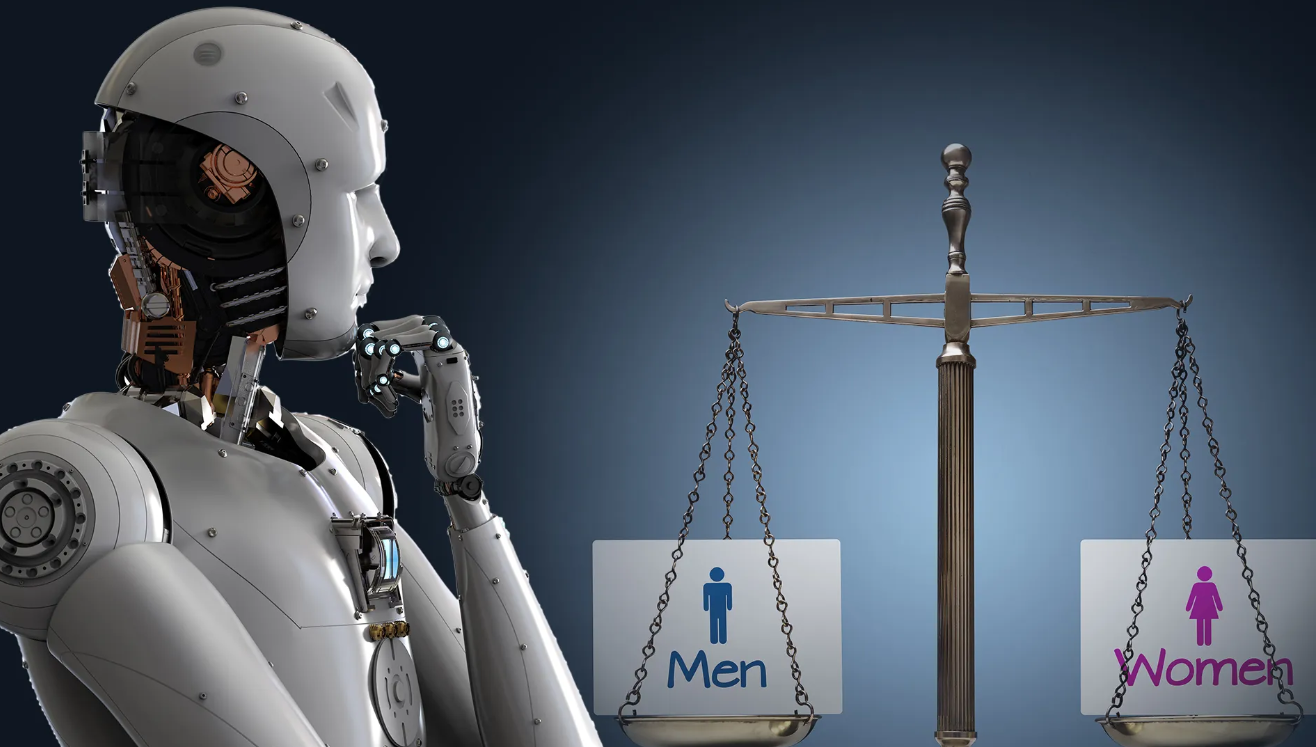
⚖️ Law, Technology & Justice: Lessons from Bareilly Violence
The recent Bareilly violence is more than a news story—it is a case study in how law, technology, and policy intersect. As a first-semester law student, I see it as a lesson in constitutional safeguards, digital evidence, environmental accountability, and AI governance.





